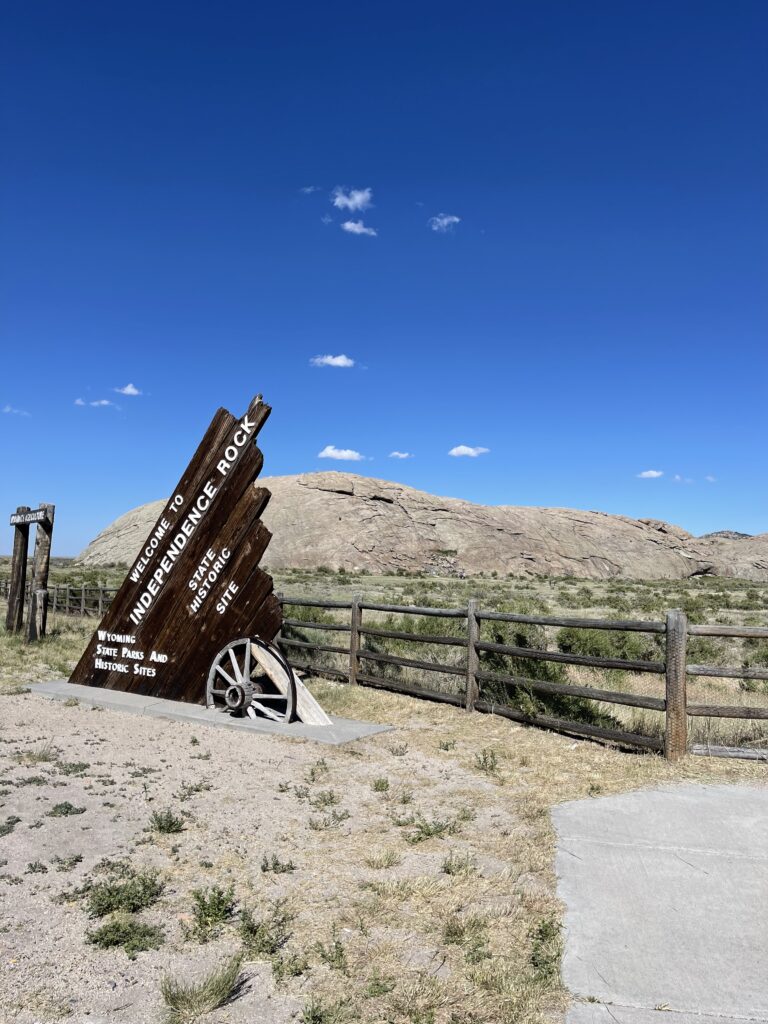Introduction
Visiting historical sites provides a unique opportunity to connect with the past, uncover family stories, and make genealogical discoveries that may not be possible through online research alone. While digital tools have made genealogy more accessible, sometimes the most valuable pieces of information are found by physically standing on the ground where your ancestors lived, worked, or even passed away. In this article, we will explore why historical sites are essential for genealogy research and provide practical tips on how to use these locations to enrich your family history.

Why Historical Sites Are Important for Genealogy
Historical sites serve as tangible connections to the past, offering genealogists and history enthusiasts a chance to explore the physical places their ancestors inhabited. These locations provide clues that can enhance your family tree, such as gravestones, landmarks, and even old homes that may hold hidden records. Visiting historical sites also gives you a deeper understanding of the historical events and cultural contexts that shaped your ancestors’ lives. Whether it’s an old family farm, a civil war battlefield, or a historic town center, these locations allow genealogists to gather first-hand information that might not be available online.
Famous Historical Sites You Should Visit
There are countless historical sites across the world that are valuable to genealogists. In the U.S., places like the National Mall in Washington, D.C., and the Gettysburg battlefield are filled with historical significance, while overseas, landmarks like the Great Wall of China and the Pyramids of Giza provide rich historical insight. Many of these sites also offer access to archives, museums, and educational programs that can deepen your understanding of your ancestors’ lives. Visiting these sites is not only an educational experience but can also offer genealogists the chance to discover family connections or even uncover new documents tied to their heritage.
How to Research Family Ties at Historical Sites
Before visiting a historical site, it’s essential to do some research to determine how it may be related to your family history. Start by identifying your ancestors’ place of birth, significant events in their lives, or any locations tied to them, such as family-owned land or residences. Once you’ve identified relevant historical sites, contact local genealogical societies, historical societies, or archives to learn about resources they may offer. While visiting the site, take detailed notes, photograph relevant documents or gravestones, and speak to local experts or guides who may provide insights into the area’s history.
The Value of Visiting Graveyards and Cemeteries
Cemeteries and graveyards are often the most direct places to uncover family connections. Gravestones often include names, birth and death dates, family relationships, and other details that can help you connect generations. Many cemeteries also keep detailed records of those buried there, including burial permits and records of early settlers. By visiting cemeteries tied to your ancestors’ hometowns or regions, you can often discover new information that helps build or confirm your family tree.
Documenting Your Visits to Historical Sites
It’s important to document your visits to historical sites carefully to preserve the information you uncover. Keep a notebook or digital record of what you observe and photograph important documents or landmarks. Many genealogy websites and apps allow you to upload photos and add them to your family tree. Recording your visit also ensures you can reference your findings later and share them with family members or fellow genealogists. Creating a narrative around your visit can also help you connect the dots between what you learned at the site and what you’ve uncovered through online research.
Conclusion
Historical sites provide invaluable opportunities to enhance your genealogical research by offering access to physical locations that hold the stories of your ancestors. From cemeteries and family farms to battlefields and town halls, these sites allow you to connect with your past in a way that online databases simply can’t. By visiting these places and documenting your findings, you can add depth to your family tree, uncover new information, and ensure your family’s legacy is preserved for generations to come.